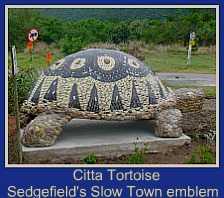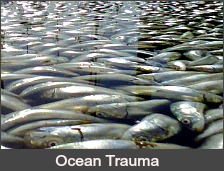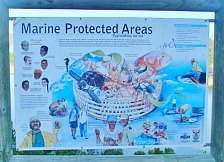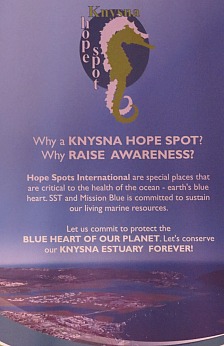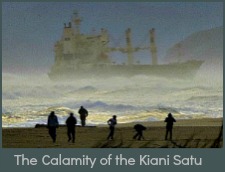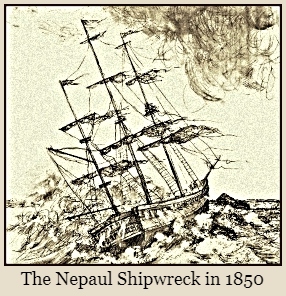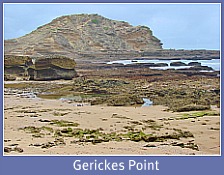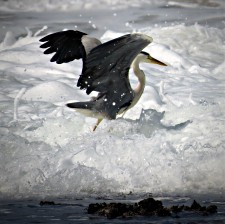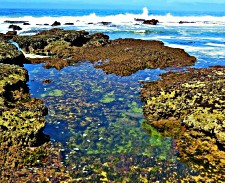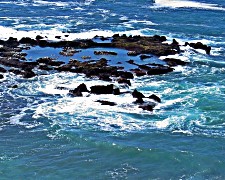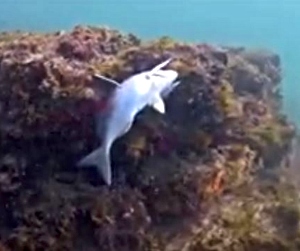Ocean - The history of Earth
“How inappropriate to call this planet Earth when it is quite clearly Ocean.” – Arther C. Clark
In the Beginning
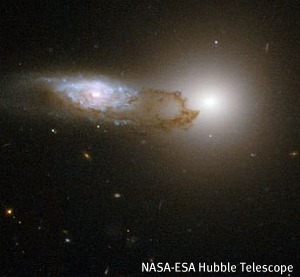
Earth was jettisoned like a splash of water from its parent Sun and as a red-hot ball of flaming gases it careened through space, destination uncharted, outcome unknown. No-one witnessed its cosmic birth but it is estimated to be 4.6 billion years old.
As Earth distanced itself from its intensely explosive and fiery procreator, the first ocean was a liquid formed from these gases as they cooled. Huge viscous waves ebbed and flowed over the ball of molten lava for millennia.
It is speculated that for some 20 million years bombardments by meteors and asteroids created the dense water-laden clouds that blanketed Earth in darkness.
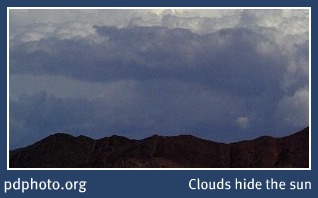
"...our world is only a speck of cosmic dust in a remote unchartered corner of a vast, unfathomable universe" - Essential Spirit by Roger Walsh
At least 4 billion years ago whilst still in darkness, the liquid began to solidify and the earth’s crust hardened.
The continents and ocean basins were steadily sculptured on the surface of the planet.
Kept in orbit by the gravitational pull of its sun, at some point, one extraordinary wave duplicated earth’s own separation from its progenitor and broke loose from our planet to become its moon. A missing piece gauged out of the floor of the Pacific Ocean gives geologists some indication of this.
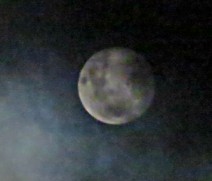 A slumbering planet clothed in dark clouds heavy with rain
A slumbering planet clothed in dark clouds heavy with rainTorrential rain began to fall that fast became steam and evaporated again as it reached the scalding surface. This relentless cycle continued for millennia until the surface had cooled sufficiently for the deluge of water to run first as streams, then as rivers filling the basins unabated for many more millennia.
The oceans formed, the clouds lightened and the first rays of sunlight filtered through to the slumbering planet. Drop by drop earth began to see the light of day!
Still, millions of years were to pass, before the orb barren and inhospitable, would resemble a place faintly habitable for complex and diverse life forms and many more thousands upon thousands of years, to transform into the jewel it appeared to astronauts in the 20th century, gazing back at their earth home from outer space.
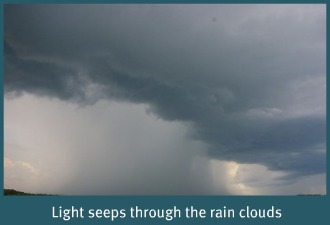
As constant rain on the land surface caused minerals to leach out and be carried to the sea, the fresh water gradually became saline.
There were eons when volcanic activity beneath the seabed displaced the waters that then swept over the low lying areas of the continents, sometimes creating vast inland seas as land masses shrank.
At times the water turned to ice and the seas shrank and more land mass was exposed.
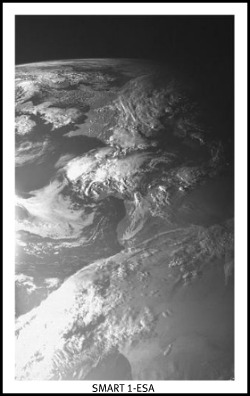
For millions of years great land masses like Valbara, Rhodenia, Gondwana and Pangea existed interjected by eons when tectonic plates moved creating instability so that the land ripped apart and drifted, oceans filling the spaces so that several continents were delineated again.
The main 12 tectonic plates of earth that form the hard base of its topmost layer float on a molten core like rafts on a sea. At times they collide and great mountain ranges result.
At times they pull apart and deep ocean trenches form. Earthquakes and volcanoes result from instability that happens as the tectonic plates move.
There is evidence in the Alps that rocks that began their life at the bottom of the sea have ended up at the top of mountains.
When the Indian and Eurasian plates crashed together the action created the highest mountains on earth, the Himalayas! To think, that ocean once swept around and over the land now called Mt Everest!
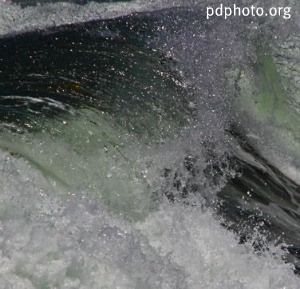
This life cycle of earth, of destruction and reconstruction continues even now.
Our history long before the advent of man is one of global upheaval and transformation, mass extinction and extremes of climate. Internal and external forces constantly sculpted and re-sculpted our planet.
Geologists have now defined periods of time to methodically explain when these various transitions took place.
New discoveries bringing fresh insights and understanding in the last 100 years have caused them to be amended several times and the estimated age of earth has been extended again and again.
First Life
For more than three quarters of geologic time the earth has spun uninhabited on its axis. The emergence of the first simple life forms that probably resulted from much trial and error over thousands and thousands of years went unobserved. Science is clear though, that the ocean was the watery nursery that life originated from.
Life began as sunlight penetrated through the gloom and reached into shallow seas. The detritus of sediments reacted with warmth and salty water and some single celled amoeba, miniscule and inconspicuous, were born. This led to more complex cells like protoplasm that eventually manifested as plants and creatures. Some evolved further, others perished.
Once plants found a way to escape from the sea and exist on land, the harsh landscape softened. The mosses and lichen type plants took hold in nooks and crannies. Colonies of plants adapted, grasping soil rain would have washed away. They evolved, and then sea creatures emerged that adjusted to live in the sea and on land. From those early pioneers, some developed that would leave the sea and live on land exclusively.
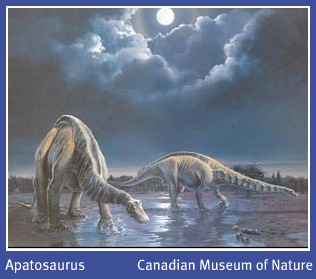
Soft bodies left no fossil remains for us to gauge the appearances of earth’s earliest life forms. Only from 500 million years ago have messages etched in rock layers given us any idea of prehistoric living things. There are stories in stone that tell us there were periods in earth’s journey – when life abruptly ended and had to begin again.
The Mesozoic era reaching from 250 million to 70 million years ago contained the periods that experienced the dinosaurs, animals becoming air-borne – the first birds, and some reptiles returning to the sea after being land creatures for millions of years.
Some catastrophic event brought an ice age that covered most of the planet and abruptly ended the age of dinosaurs.
Ocean life proved to be the most resilient through turbulent ages and whales, sharks and seals are counted among their descendants. An amazing discovery off the South African coast in Dec 1938 revealed an ancient fish little changed from its first known appearance over 400 million years ago - the Latimeria chalumnae, identified as the Coelacanth was found to contain the exact DNA of the fossil records.I
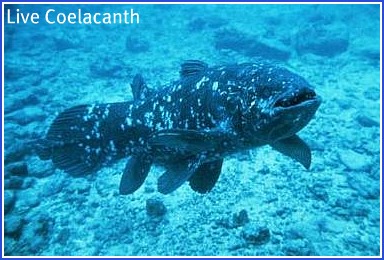
n 1952 another one was caught off the Comores. More have been recorded in recent years off Madagascar and Indonesia and in Nov 2000, recreational divers discovered 3 living Coelacanths in the St Lucia Marine Protected area at a depth of 108 meters in the shallowest water yet in which Coelacanths have been seen.
More have been identified in subsequent years. The progeny of these incredible creatures has continued to survive through eons of countless cataclysmic events that occurred on land and in the ocean to become one of the oldest living relics of prehistoric life on our planet.
So oceans contain the secrets of the origin of life and there are more life forms in the sea than on land including some of earth’s most amazing creatures, among them, the largest of all alive today, the Blue Whale.This behemoth grows to between 24-27 meters in length and weighs up to 200 tons.
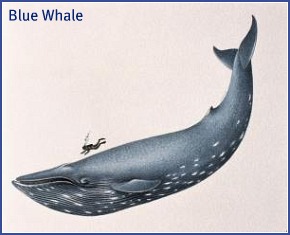
A human could swim down its blood vessels and its tail is the width of a jumbo-jet’s wings. It has a tongue the size of an elephant and it can cruise effortlessly at 20 knots….. yet it feeds on krill, a small abundant species of crustacean.
It consumes this in quantities of up to 4 tons a day by straining it out of the seawater through the baleen plates in its mouth. In summer months it finds its food in the nutrient rich Arctic and Antarctic seas.
Ocean Mysteries Revealed
To begin with man had no means of exploring the seabed and thought it was flat. The development of oceanographic equipment like submersible vessels that can withstand great pressure, deep-sea borers and precision depth recorders revealed deep trenches and mountain ranges to equal those of the greatest ones on land.
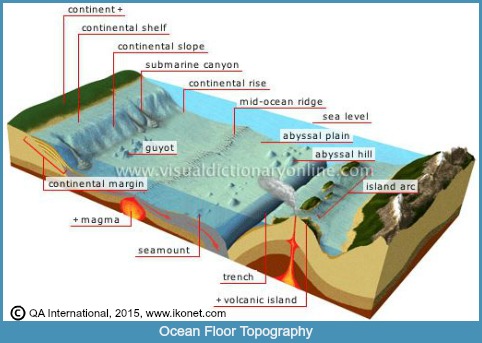
World war II exposed how much of what was known about the ocean wasn’t fact. Knowledge until the 1950’s was very limited. Since then however, the oceans have been subjected to determined scientific scrutiny.
Now it is realised that oceans have their own topography. It goes as deep as landforms go high. The deep seabed has uncovered evidence of the advance and retreat of glaciers at varying intervals over the last 2 million years. The ocean bottom proved to be as wrinkled and contorted as the land’s surface. After all, it lies on the same moving platform of the earth’s crust and is subject to the same stresses as the landforms.
Under-water exploration had exposed a mighty chain of mountains encircling the earth. The Atlantic Ridge range stretches around the globe even across the bottom of the Arctic Sea.
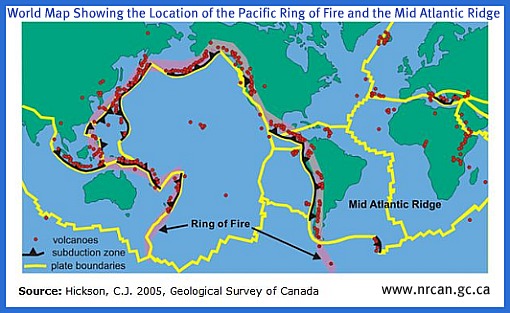
Created by volcanic activity that allows molten lava to rise up from deep in the earth’s core between the pieces of tectonic plates that float on the earth’s surface, it pushed the existing floor sideways, piling up to form mountains as it cooled. Examination has shown it to be a young mountain formation compared to the seabed on either side of it.
Its peaks still lie a mile beneath the sea's surface but in the Azores, its highest point forms the Pico Island and only the last 8000 feet of the 27000 foot high mountain rises above the Atlantic Ocean.
Ocean storms and water-borne sediments weather these mountains in a manner similar to how mountains are weathered on land. There are landslides and mud flows. Currents of powerful seabed rivers etch deep canyons into the seascape and they have their own rapids and waterfalls within the ocean body.
Vents and Hot Spots
In many places like this where the crust is pulling apart the gap lets seawater sink into the cracks and rise again as boiling gaseous water bubbles that are full of toxic chemicals.
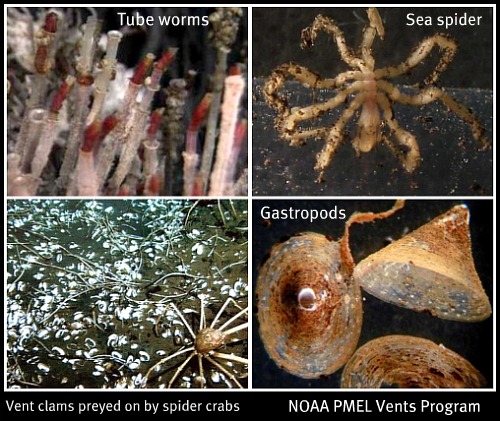
In 1977 scientists discovered the first vent just off the Galapagos Island and since then many hundreds of other hot spots have been discovered along with over 300 species of sea creatures found nowhere else on earth such as giant tube worms (4 feet tall) discovered only in the Pacific, accordion-like pencil sized Jericho worms and maroon finger-length palm worms that stand vertical with wig-like fronds.
Less conspicuous creatures also found inhabiting these vented areas are unique types of mussels, shrimp, clams, crabs, miniature lobsters called galatheids, and amphipods resembling sand fleas. Snowlike bacteria forming mats and tendrils are the first to populate the ocean floor around these vents.
Their discovery could prove profoundly interesting to researchers using biomimicry to develop heat-stable enzymes for genetic engineering, and culture bacteria to assist with the break down of toxic waste. Somehow all these amazing animals have adapted to the harsh combinations of high temperature, high pressure and noxious chemicals.
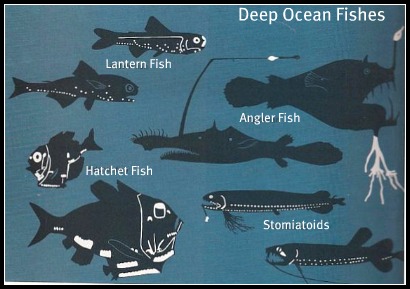
Another fascinating discovery has been made in connection with vents. Exploration has found a formerly thought to be blind species of shrimp, named Rimicaris exoculata has eyes on the back of its shell. They possess enlarged retinas densely packed with photosensitive pigments to exploit the light-starved environment.
Scientists have been able to record visible red light and shorter wave length infrared. It would appear that around these vents light is being created by an as yet unidentified mechanism.
It was first thought that creatures and plants couldn’t live at great depths where it is pitch dark because there is no light penetration. However discoveries of marine life in the deepest parts have proven such assumptions to be wrong.
Lack of oxygen and extreme cold inhibits life on top of Mt Everest, our highest mountain, but marine creatures have adapted to the ocean deep. Fishes living at great depths either produce their own light or receive it from bacteria they host in exchange for food and shelter.
Just as there are mountain ranges under the sea there are also deep trenches. There are some 22 trenches that have been identified, 18 in the Pacific Ocean, 3 in the Atlantic and 1 in the Indian Ocean.
The deepest trench on earth is the Mariana Trench named after the islands off the coast of Japan. It is the lowest elevation of the earth’s crust. It is 2542kms (1580 miles) long and 69kms (43 miles) wide.
In 1960 a manned submersible of the US navy found the deepest part at 11033m(36201 feet) deep. At that depth the pressure is an incredible 8 tons per square inch. It was called the Challenger Deep after the British exploration vessel, HMS Challenger II that surveyed the area in 1951.
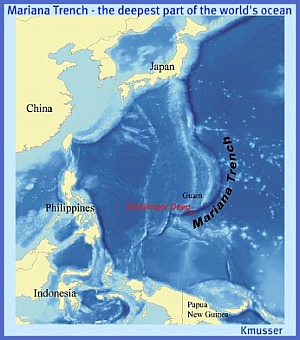
These trenches are regions of subduction where powerful forces grind the tectonic plates into each other with the result that one slips downwards under the other and in the process a deep trench is formed. Far beyond the reach of the sun’s rays it is pitch dark, barren and bleak and only debris that isn’t intercepted by sea creatures on its way down, reaches the bottom to form sediment that continues to pile up silently as it has done for millennia.
These sediments on the ocean floor provide a good measure of insight into our planet’s history before men were here to record it. Indeed it turns out they could not have survived it!
Everything on land eventually finds its way into the ocean and using sophisticated deep-sea borers that drilled into the ocean floor recovering a section of the bed up to 60 feet long, gave scientists a clear indication of some of the drama enacted on the earth as it has evolved over 4 billion years.
A melodrama of epic proportions emerged much of which has already been spoken of in preceding paragraphs. There is much still to be learned as these cores require patient investigation, interpretation and scientific analysis and discussion.
Gradually hidden lands beneath the waves are being exposed to man’s exploration. During the Pleistocene period under a million years ago vast quantities of ocean were frozen in glacial form and the North Sea became land. Man and animals moved into the area where forests had grown and there was food to eat.
Then the earth warmed and the glaciers retreated, the seas expanded and the land sank once more beneath the waves. Ships trawling the Dogger Bank in the last century brought to the surface strange debris not normally found at fishing grounds that explained what had happened to this part of the ocean.
Islands have been birthed that later disappeared again beneath the waves. This continues to happen in recent times. In 1830 an island appeared between Sicily and the African Coast after some volcanic activity. It is now marked as Graham’s Reef. Wind and wave actions diminished the soft materials it was made of and it soon sank beneath the sea.
The sensational volcanic eruption and demise of the island of Krakatoa in the Sunda Strait between Java and Sumatra on 27 August 1883 is world renowned for it had far reaching effects around the globe. In 1929 a new volcanic island raised its head above the sea to be called Anak Krakatoa or Child of Krakatoa.
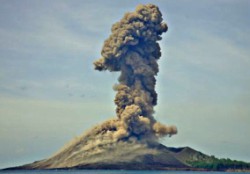 Anak Krakatoa eruption
Anak Krakatoa eruptionThe Pleistocene period that extends from 1 million years ago until now has already experienced 4 advances and retreats of vast ice sheets that effectively reduced and then extended the ocean’s covering of the continents. These extreme changes effectively wiped out life on earth at that time.
In the extraction of ice drilled from the Antarctic ice core, scientists have discovered the story of 420,000 years of earth's climatic history. Our planet's journey around the sun, is one of eccentricity. This means that sometimes its orbit appears as an elongated oval and at other times as a circle. This affects the planet's distance from the sun.
Combine this with the earth's tilt, wobble and angle and cycles within cycles are created affecting earth's temperatures to greater or lessor degrees in time scales ranging from 100,000 years to less than 1000 years. This natural phenomenon results in global warming and cooling. These great planetary rhythms are far beyond the influence of puny humans.
A New Human Paradigm
Human kind might have no influence on the lifespan of our planet but we certainly contribute to how livable it is and will be for future generations of humans. In a world wide culture defined by money and possessions, unsustainable demands continue to be made on finite resources.
In 1969 photos beamed back to earth from man's excursion into space gave us an opportunity to see our exquisitely fragile and beautiful planet in its' entirety. It gave us a view of our global village so that a changing world view began to emerge.

In
the 1970's, Buckminster Fuller, an American architect, systems theorist,
designer, inventor, author and original thinker was giving talks around the
world called "Integrity Days". He said that the human family had
reached a point at which there was enough for everyone i.e. for everyone's
needs to be met. The time had arrived
for a 'you-and-me' world - there was enough food, water, land and the
fundamental conditions for all to live fulfilling and productive lives.
What was required now was to move from the 'you-or-me' paradigm that had been our history up to then, one that said if "I am to prosper someone has to go with out" to a mindset that says "our world can work for everyone". Incumbent in that change is the value we give to money. It should not be more valuable than people or the planet that supports our very existence.
"Not everything that can be counted counts. And not everything that counts can be counted. " - Albert Einstein
However, the greed and fear in human nature that there's not enough to go around is reflected in all levels of society, governments and international corporates. The "us and them" mentality permeates into the way we treat each other and our world. Most of us don't comprehend that we are connected on an energetic level to each other and everything else that exists.
Now nearly 50 years on, it will take the best of all humanity working together to find global solutions for the present reality of species extinction, environment degradation and pollution, critical water shortages, food scarcity, economic upheaval, religious extremists, abject poverty, lawlessness, threats of war, etc. From all appearances answers will not come from heads of state, so many of whom are lost in their egotistical, self-centred worlds. Fundamental, authentic change will be driven by ordinary people with extraordinary vision and innovation who will work together for the benefit of all mankind.
And yet, although its days too are numbered, Earth will ultimately outlive the human race continuing to exist for millennia, its rhythms moderated by its solar system until the Sun burns out and the magnetic fields of sun and moon no longer reach our globe and the world ceases to turn.

